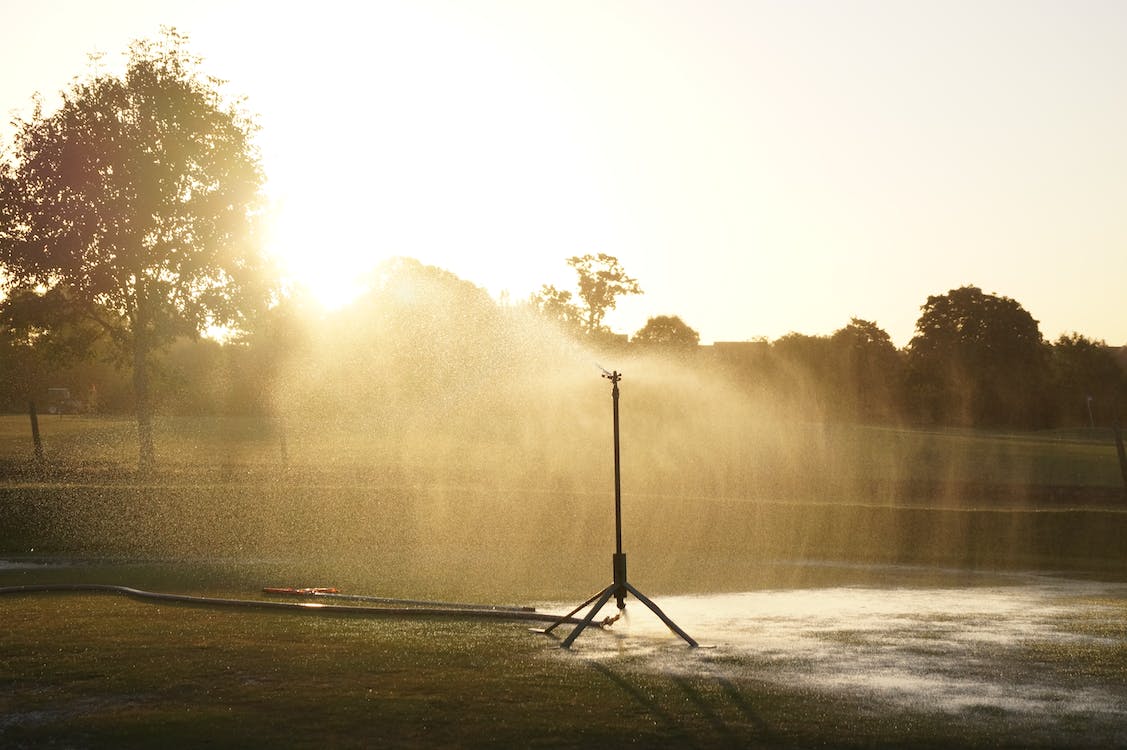Crepe Myrtle: Exploring its wonders and the role of Holly Tone fertilizer
Few things in the world of ornamental trees can match the captivating allure of the Crepe Myrtle.
Vibrant flowers, graceful branches, and all year-round appeal make crape myrtle a favorite among gardeners and landscape enthusiasts.
In this article, we will ‘em-bark’ (pun intended) on a journey to uncover the secrets of crape myrtle, discover its unique properties, and consider whether Holly Tone Fertilizer is right for its care.

Crape/Crepe Myrtle
Understanding Crepe Myrtle:
Known as the Crepe Myrtle or Crepe Myrtle (note the two different spellings of Crape/Crepe – both are acceptable.
Crepe myrtle, scientifically known as Lagerstroemia, is a flowering tree native to Asia, especially China, Japan and Korea.
Renowned for its stunning flower display and distinctive peeling bark, crape myrtle adds elegance and grandeur to any garden or landscape.
The name “crepe myrtle” comes from the delicate crepe-like petals that look like rolled wrinkled crepe paper.
Crape Myrtle main features:
Wonderful flowers:
Crepe myrtle produces stunning flowers in a variety of colors including white, pink, red, lavender and purple.
These flowers adorn the trees from summer to fall, displaying vibrant, eye-catching colors.
Exquisite tree bark:
When crepe myrtle matures, its bark develops a distinctive texture characterized by streaks and peeling leaves.
When the bark is peeled off, it reveals a smooth cinnamon-brown or grayish trunk.
This is a visually even more interesting and attractive sight, especially during winter when the trees are bare.
Crepe myrtle has an elegant, graceful structure with branches that flare outward and arch slightly, forming an interesting silhouette.
The tree’s branching pattern and overall shape add to its beauty, making it a striking focal point in any landscape.
Holly tone and crape myrtle care:

Holly tone is a popular organic fertilizer often used to promote the growth and health of acid-loving plants such as holly, Azaleas and Rhododendrons.
However, with crepe myrtle, it is important to consider its specific needs and be careful when using holly tone.
Crepe myrtle usually prefers slightly acidic to neutral soil conditions, usually in the pH range of 5.5 to 7.5.
Holly Tone is designed to lower the pH of the soil, but it is important not to over-acidify the soil around the crape myrtle.
Excessive acidity can cause nutrient imbalances and adversely affect overall tree health and vitality.
If your crepe myrtle is growing in soil that is in the optimal pH range, you may not need to use Holly tone right away.
However, if the soil pH is too high (alkaline), the best solution is to enrich the soil with sulfur or other acidifiers recommended by your local horticultural expert.
General tips for caring for Crepe Myrtle:
Sunlight:
Crepe myrtle thrives in full sun exposure, requiring at least 6 to 8 hours of direct sunlight each day.
Too little sunlight can lead to poor flowering and weak growth.
When choosing a planting site, choose a spot that receives plenty of sunlight throughout the day.
Irrigation:
Water the crepe myrtle seedlings regularly and thoroughly to help them take root.
Once established, the tree is moderately drought tolerant and can withstand short periods of water deficit.
However, during prolonged dry periods, it is important to monitor soil moisture and apply additional watering as needed to keep trees healthy and hydrated.
Pruning:
Crepe myrtle pruning is essential to maintain shape, encourage air circulation, and remove dead or diseased branches.
The best time to prune is late winter or early spring before new growth begins.
Avoid heavy pruning, also known as the “crepe murder” (very aptly named).
Fertilization:
Crepe myrtle is generally not a very high feeder, so excessive fertilization can lead to excessive vegetative growth and reduced flowering.
A balanced long-term fertilizer can be applied in early spring if the soil is deficient in key nutrients.
However, it is important to follow the recommended dosage and avoid overdosing on fertilizer.
Disease and pest control:
Crepe myrtle is relatively resistant to disease and pests.
However, it can be susceptible to powdery mildew, a fungal disease characterized by a white powdery coating on the leaves.
To prevent powdery mildew, leave enough space between trees to encourage air circulation, avoid overhead watering, and consider planting mold-tolerant varieties.
A testament to nature’s beauty and resilience, crepe myrtle captivates gardeners and onlookers alike with its vibrant flowers, attractive bark and elegant form.
So, Is Holly Tone Good For Crepe Myrtles?
Holly tone fertilizer is beneficial for acid-loving plants such as holly and azaleas, but should be used with caution when used on crepe myrtle, as crepe myrtle has a soil preference.
By providing optimal growing conditions, including sunlight, proper watering, selective pruning and balanced fertilization, crepe myrtle will surely grow and with its spectacular presence will keep your garden looking great for years to come. It’s a great addition to any garden.
So, hopefully after reading this you’re a bit more clued up on whether or not Holly Tone is good For Crepe Myrtles.
Click here to see our other shrub guides!




